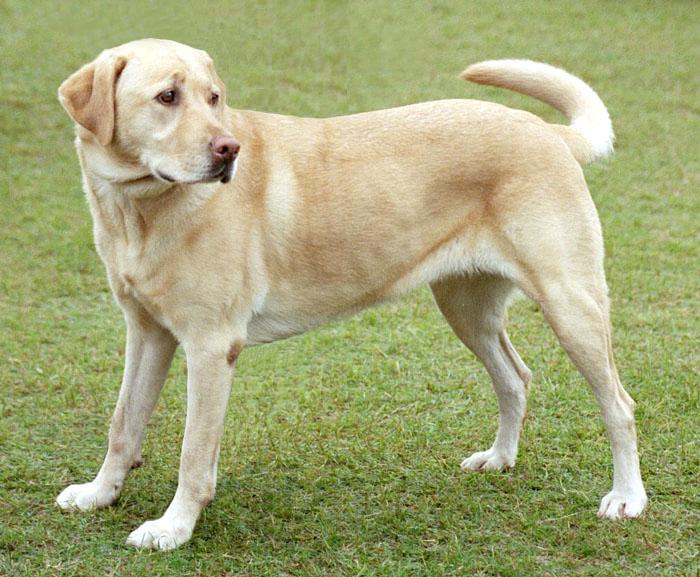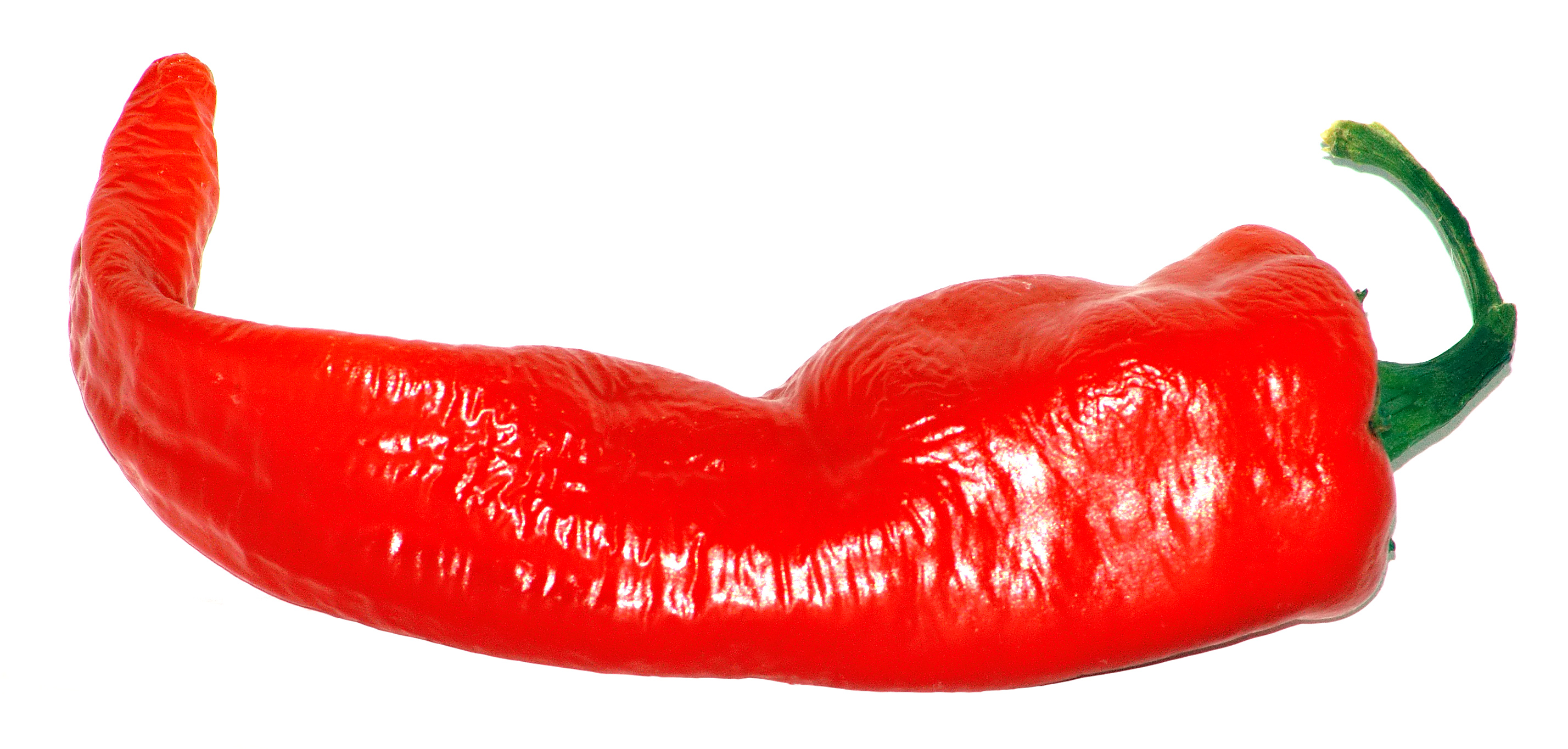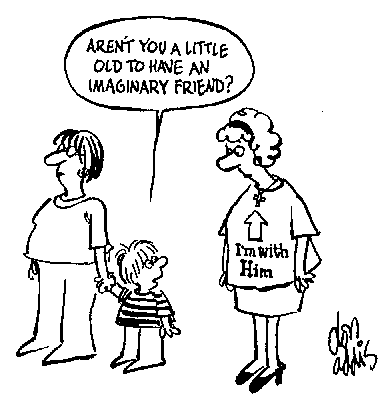
Three qualities are usually discussed when we talk about ourselves as different from other animals: tool making, symbolic behavior/language and the domestication of plants and animals. (I paraphrased Pat Shipman. See
here.)
Tool making we clearly share with other hominids and even crows. However, it is also clear that what we do even as far back as the
Homo erectus hand axe is different from our animal cousins. There is indirect evidence for symbolic behavior in the paleolithic grave sites.
And, 14,000 years ago, buried next to a human was the jawbone of a dog.
Dogs have been with us for a long time. There is a fair amount of dispute as to when this long friendship began. A 1997 paper (see
here) puts it at 100,000 years ago based on genetic analysis. That is, the shift from wolf to dog began that far back. Whether they had thrown their lot in with us or we accepted it is still questionable. A complete fossil dog skull has been found dated to over 30,000 years ago.
But the site in Germany dated 14,000 years ago is pretty clear. By that time, at least, we had joined up.
There are a couple of interesting things about this. First, there is the curious nature of the relationship itself. Long before we had horses or goats, we had dogs. It's hard to believe that Og woke up outside the cave and saw this proto-dog looking back and said: "Hm. Bet that would be a good colleague in the hunting biz." It's equally hard to believe the proto-dog looked back and thought wouldn't I like
him for a master. Evolution only works on traits that are already in existence.
So, first we needed the proto-dog.
We like to think we domesticated wolves into dogs. That doesn't make a lot of sense. Who had the time and resources? I believe paleolithic man had the
intelligence to be able to do that; I just don't think he could afford it.
Raymond Coppinger has suggested what I think is the most plausible path to the proto-dog. He suggests that humans had dumps where there was enough leftover material to be scavenged that wolves would visit it. The wolves that were most successful at the scavenging had a selective advantage over wolves that weren't. The trait he believes is the object of the selection is the ability of the individual wolf to tolerate the close presence of the human being.
Coppinger bases his ideas, in part, on the
Dmitri Belyaev's work on foxes. Belyaev attempted to make the foxes easier to work with-- to tame them using selective breeding. He succeeded extremely well in only a few generations. In fact, along with the tamed animals he got floppy ears and coat variations that matched quite well what we see in dogs. "Tameness" involves interactions between the hypothalamus and the pituitary gland, which, in turn, manages the production of adrenaline. This happened extremely quickly-- the current population of "domesticated" foxes is only 30-35 generations old. Further, the changes brought on by tameness may well not be limited to canids. (See
here.) Using the same techniques, river otters and rats, taken from the wild, have been "domesticated" with similar results.
I don't believe Belyaev's work precisely mimics what happened in the wild. What I do suspect is that our hunter gatherer ancestors were very successful. So successful we had middens and the wolves, then proto-dogs, visited the middens. This is what Coppinger suggests.
But I don't think the proto-dogs were enough in and of themselves.
Anybody who's lived in an urban environment has seen the same sort of "domesticated" results in the urban ecology: rats, raccoons, etc. These animals are not particularly afraid of human beings and do quite nicely in our modern middens. The proto-dog could have survived
quite
without any particular love of human beings. At some point the bond had to form.
Humans are hard wired to like animals with big heads and big eyes-- the cute factor. Human beings are smart enough to figure out that bashing the kid until he stops crying is going to get some peace and we're ornery enough to do it more than once. But we tend to melt a little when those big eyes turn on us. Hey, it's kept us going for the last couple of million years.
I suspect at one point puppies came into the tent. One of the interesting thing about mammals is how some species can adapt to a human environment once they've been brought in as an infant. Consider the puppy of a proto-dog. Once
it comes into the tent, it can adapt. Individual variation involving tameness can then be acted on-- I wouldn't put it past some paleolithic dog breeder to keep take the puppies he liked and have the one the bit him on the thumb for dinner. Belyaev's principle at work. And, once in the tribe, the dog can transform from animal that keeps junior occupied to help mate fairly easily. Dogs are anything if not adaptable.
But what of the other side? We can see the evolutionary effect of this on dogs. What happened to humans?
Enter
Pat Shipman.
Shipman goes Coppinger one better. She suggests that we already had a connection to animals as evidenced in our cave art and artifacts. Paleolithic man often wore necklaces of canid teeth. Perhaps they were dog teeth for tribes that had already domesticated them. It's her contention that our connection to animals were one of the things that made us human. (See also
here and
here.)
So, if we domesticated dogs 32,000 years ago (as she suggests), did it stop there? It sure didn't for the dog. Why should we be any different?
Consider the dog working for the human. It's in the best interest for the human to care for the dog since the working dog benefits the human. But the dog can't communicate directly back to the human-- no language and only fairly gross body movements. The human has to
infer what's going on in the dog in order to care for it. Humans do this for each other all the time. We have mirror neuron systems that are designed to represent internally the state of another organism, be it dog or human. (See
here.) We
evolved it so that it works between human beings. But we also use it to manage dogs. And other animals. Wouldn't that select for humans to be able to model the states of other organisms?
Remember also that we're not the cold calculating machines we like to believe. Compassion and empathy are selected for just as much as cognition. Not surprisingly, dogs get to be more like people. They automatically imitate humans when humans are trying to communicate to them. (See
here.) They infer conclusions based on a model of human beings better than chimps. (See
here,
here and
here.)
I suspect that while we were changing dogs they were changing us. We've spent somewhere between 14,000 and 32,000 years with dogs. (700 to 1,600 human generations.) We didn't spend them with chimps. Of
course dogs would better understand us. And,
of course, we'd better understand dogs.
We made each other.
Addendum for cat lovers:I didn't talk about cats in this essay for a couple of reasons. For one, the time difference is considerable. The evidence is that humans have been associated with dogs for at least 14,000 and as much as 32,000. With possible evidence that dogs have been following us around for a lot longer than that. There's just been a lot more time for dogs and humans to influence each other than there has been for cats and humans.
For another, I think that the relationship between dogs and humans is an enabling factor for other animal relationships. By the time cats and cattle came along, dogs had domesticated us sufficiently we could take advantage of them.
There's something unique about the relationships between dogs and humans. Unlike our other animal relationships, dogs threw in with us for life and death. It is not unheard of, nor particularly rare, for dogs to throw themselves into situations where they sacrifice themselves for human beings. And I don't think that they are so stupid or unmindful that they don't recognize the danger.
That said, the relationship between humans and cats is a long and loving one. It's no accident that when they when the 9500 year old grave of a man in Cyprus was opened, nestled next to him was a kitten.











